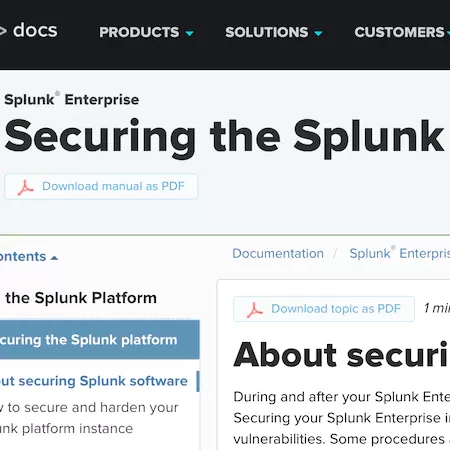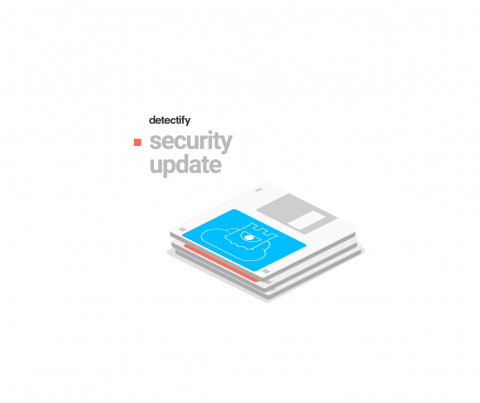Top 6 Security Threats in Cloud Computing and How to Mitigate Them
In this digital era, more companies are encouraging or requiring employees to work from home. In addition to allowing employees to access the corporate network using their own devices, they are also turning to cloud computing, which is cost-effective and scales easily. However, not all of these organizations are prepared for the associated cloud security threats. Cloud providers often offer some protection capabilities, but their responsibility is primarily to ensure service availability.










